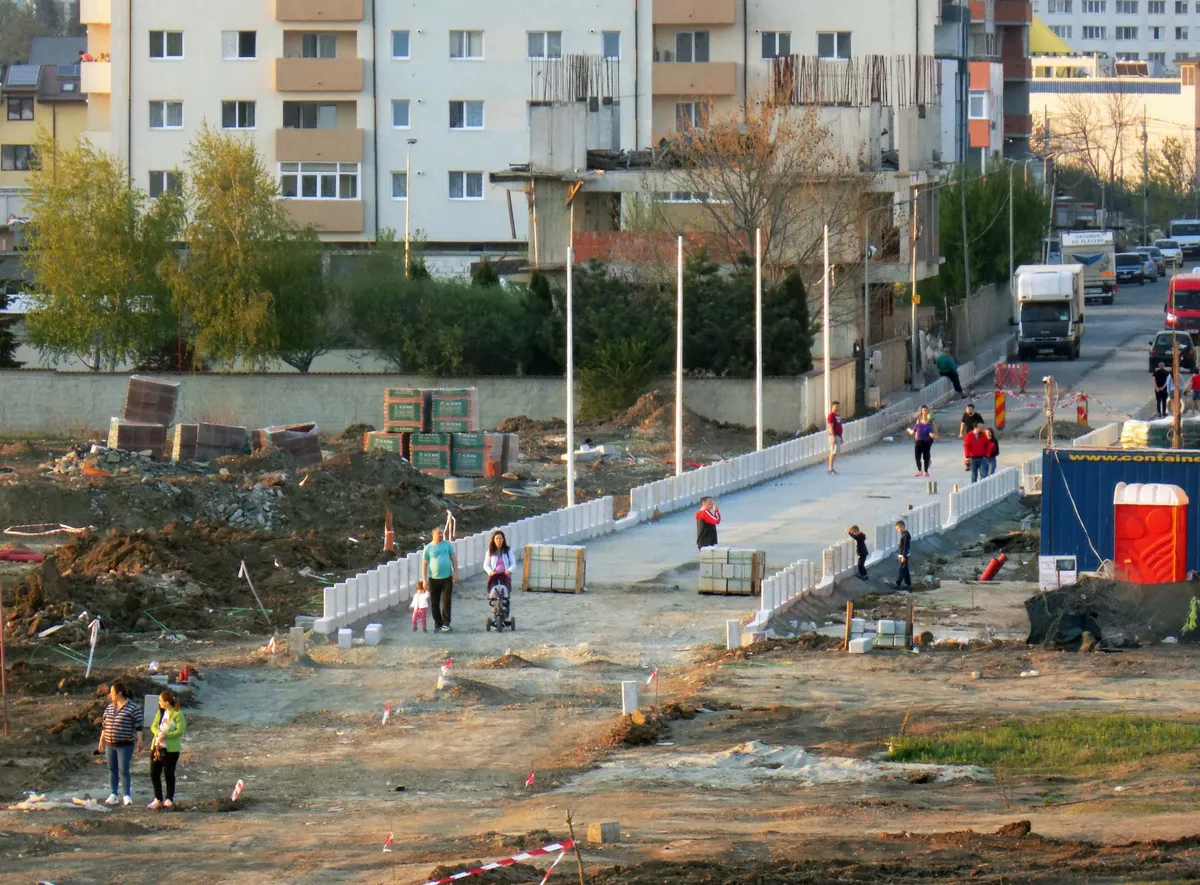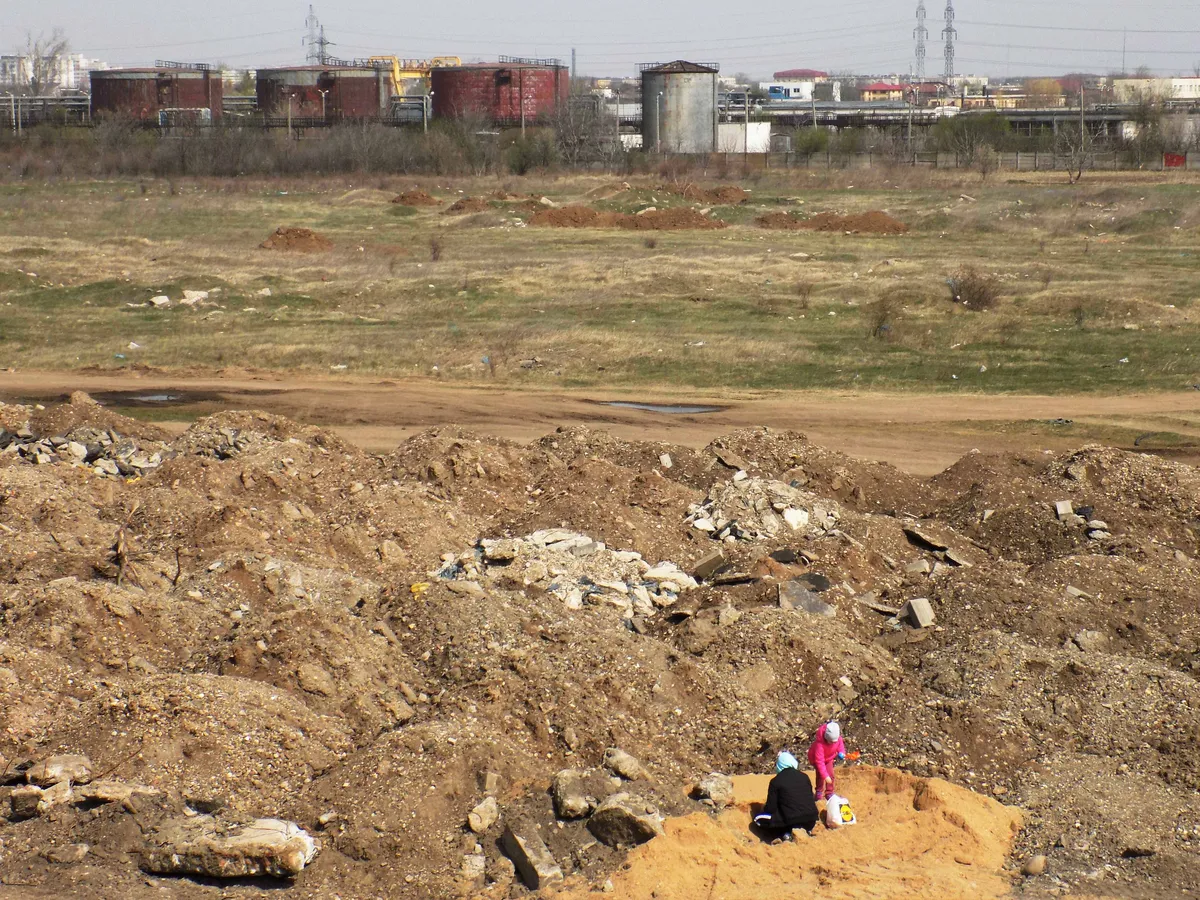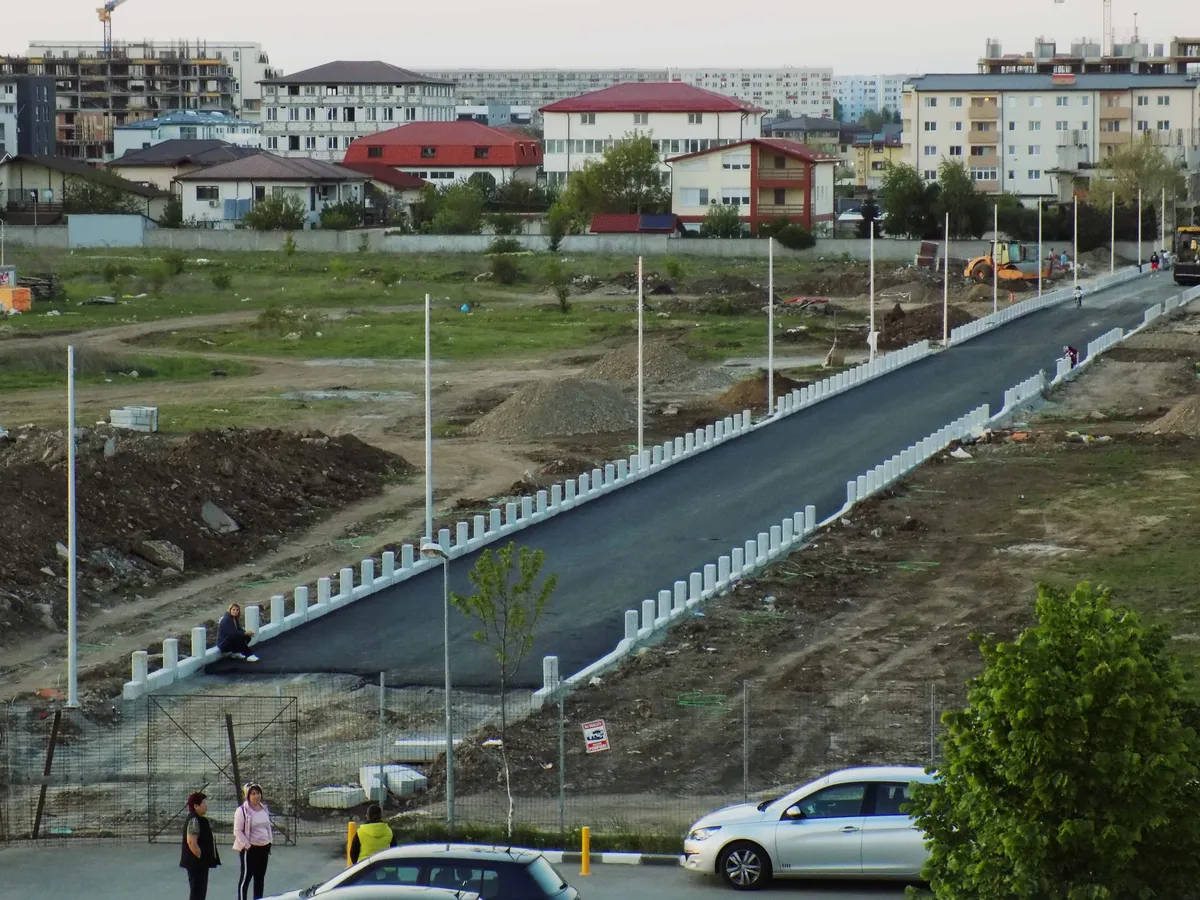
1/4

2/4

3/4

4/4

Author(s) / Team representatives
CRINA ALEXANDRA STANCIU
Profession
ARCHITECT
Text presentation of the author in English
Crina Alexandra Stanciu is a recent graduate of the "Ion Mincu" University of Architecture and Urbanism in Bucharest, dedicated to urban revitalization and improving the quality of life in her hometown – Bucharest. She is currently pursuing doctoral studies at the same institution, where she continues her research with a focus on the sustainable development of Bucharest. Her passion for the built environment and architecture is reflected in many of her projects to date, aiming to create spaces that meet community needs and promote harmonious development.
Outside the fields of architecture and design, she dedicates her time to photography, considering it a complementary medium that allows her to capture urban life and the essence of urban spaces. This dual passion enables her to design sensitively, transforming urban settings into visual stories that highlight the importance of connections between people and the built environment.
Her participation in this competition is primarily motivated by a desire to explore new forms of expression, by integrating photography into her architectural vision.
Project description in English
According to Explanatory Dictionary of the Romanian Language (Dex):
“POSTALION ~oane = Large-sized, enclosed carriage with several seats, drawn by four, six, or eight horses, used in the past (before the advent of the railway) for transporting passengers and mail over long distances; diligence.”
The above image is part of a personal research related to the transformation and ultimately, the birth of a street that existed only in name until the period of March - August 2020. Without being present on maps or even physically, this street appeared only in the administrative documents. No one knew how to reach Drumul Poștalionului Street (Postalion Road). The name might be ironic too. A name that describes the connection more to the rural world of Bucharest than to the modern one - the contemporary city we are in today.
And yet, with the closure of the city and the creation of a set of restrictions due to the SARS-CoV-2 pandemic, Drumul Poștalionului started to appear in the still unexplored field. Through the hundreds of steps of people eager to be outside, to experience the green, the rural side of Bucharest (still present today in many neighborhoods), dozens of old paths re-emerged. A new street began to take shape. It didn’t take long for the street created this way to connect to the rest of the city. It was to receive a new face, gray and dull one, but still being on the edge of Bucharest like a large village.
On the other hand, even though it seemed like they were losing their newly discovered street, people did not give up making their way among the mounds of earth that appeared among construction materials and all kinds of garbage. For 3 months, the street was theirs alone. However, once its systematization was completed and the first cars appeared, people were driven off the street they had created and sent back inside their own apartments.
And if people were ahead of the street, why does the street seem to lead them? Why doesn’t Bucharest open its streets a bit more, to welcome people back to where they belong, there, on the street?



